Raising money for your startup isn’t easy for everyone. In fact, early-stage funding is harder to do now than it ever has been, with seed deals dropping by nearly 50 percent, by some estimates, since 2014, with VCs focusing more on pushing capital to later-stage deals.
This change in tides makes it even more important that founders avoid the most common pitfalls when raising funding — even the smallest mistake can send investors out the door — but if founders can carefully manage to avoid making these mistakes, they will increase their chances of securing that early round.
1. Underestimating the time commitment.
Starting a business is incredibly stressful and challenging, and often sucks every minute of a founder’s time on a daily basis. Keeping the lights on is a challenge in and of itself, so founders often fail to prioritize the appropriate time to prepare for fundraising. Entrepreneurs who raise capital successfully, do so meticulously. A startup seeking financing should budget between 500 to 1000 work-hours to the process, which typically takes six to nine months.

Founders should look at the fundraising process in four distinct stages: perfecting the pitch deck, identifying a targeted list of prospective investors, outreach to those investors, and then negotiation.
2. Failing to research investors.
When it comes to investors, research is the name of the game. Identifying the correct investors is the first step. Make sure you are targeting investors that fund other businesses of your size, stage and business model. Once you’ve narrowed your search and you begin conversations, leave no stone unturned. Founders who understand how their companies fit into an investors larger portfolio, and use that information to bolster their case, will ultimately be more successful than those who focus only on their own company’s potential returns.
Founders should also think through all possible questions and requests from investors before they meet. If you aren’t familiar with what kinds of questions, documents or data investors typically request, find a mentor that can share that knowledge. If founders are overly prepared with this kind of information, requests from investors will be answered quickly and demonstrate that your company is ready to take the next step.
3. Turning down professional help.
Fundraising can be all consuming, especially if you’re a first-timer. Seeking out professional help from a mentor, your attorney or from an organization like Techstars can provide tremendous support and help save founders from fundraising failures. With each fundraising effort, founders build more knowledge and experience; however, these professionals deal with raising capital for a living — take advantage of their relationships and their background. At Techstars, we spend several weeks coaching founders in our accelerator programs on how to pitch, we role play with them investors and help founders find the best investors to talk to.
Some of these professionals (like attorneys) come with an associated price, but if their advice helps to ensure your fundraising round is successful, it will pay for itself and more.

4. Making the pitch overly complicated.
As a founder, you are the penultimate expert on your business, but too many founders forget that most investors are not as educated or familiar. When you develop your pitch deck focus on the problem you are solving and how you solve it (with a little bit on traction or credibility thrown in). Presentations that focus too much on the technical components of a solution often leave audiences asking, “So what?”
On average, pitch decks should have less than 20 slides and should include the problem, solution, market, product, traction, team, financials and amount being raised. Founders should consider developing two versions of the pitch deck, one that will be used for real-time presentation that features less text and allows presenters to elaborate in-person, then a secondary version with additional text that can be used in follow up or for others that may not have been in the presentation.
5. Ignoring the need for a contingency plan.
When investors review funding pitches, they tend to review everything through the lens of how they can maximize their returns most efficiently. While you may think you’re in prime position to raise capital, investors may not agree right away. Having a Plan B or C, or even D will help establish leverage when negotiating. Examples of options you may want to pursue include: alternative funding options, a no-funding operating plan, or even an M&A option. Having these other pathways in your back pocket will help you to negotiate terms and better dictate timing.
Source Medium







.jpg)
.jpg)
